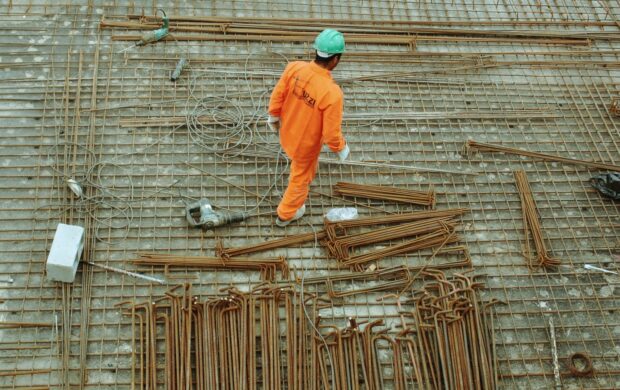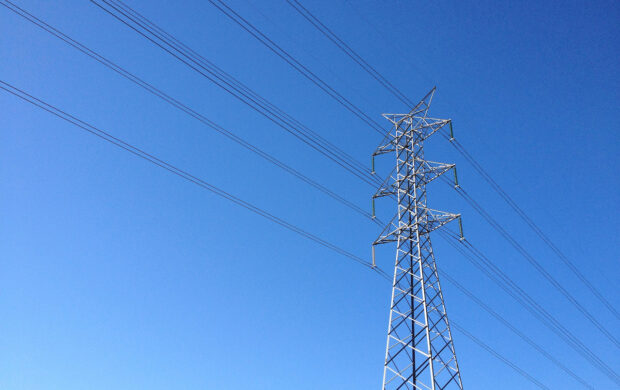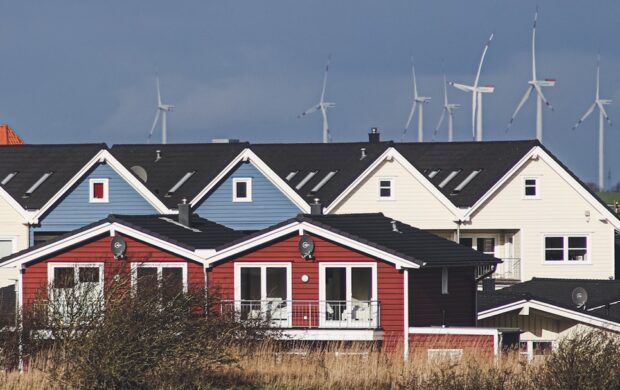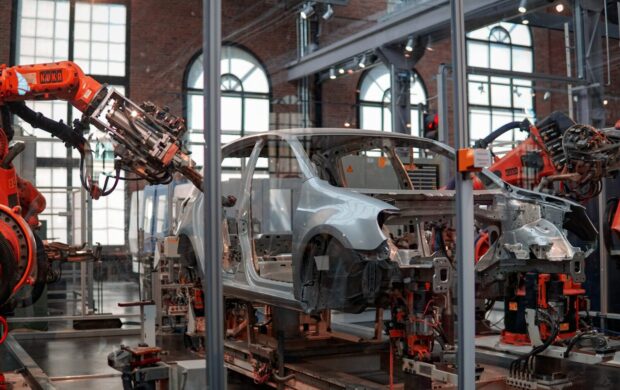The challenge
What if the energy system could renew itself, like a living system? How would that change how people behave in it?
In 2017, SmartestEnergy – a next generation energy company, supporting smart businesses through the transition to a decentralised energy system – partnered with Forum for the Future to find out, through a live research project hosted by the Futures Centre.
SmartestEnergy wanted to build a case for action for corporates and the UK National Grid to apply living system principles in creating the foundations and structures for a regenerative energy system.
The project would position SmartestEnergy at the forefront of debates about the future of the energy system, particularly relating to how people might interact with it. It would increase the profile of SmartestEnergy and that of a wider community of energy system visionaries, movers and shakers. And it would deepen their relationships with prospective and existing clients.
The solution
Starting in April 2017, the Futures Centre hosted a 10-week live conversation, drawing insights from across its community and further afield via the social media platform Twitter and the storytelling platform Medium. The aim was to engage a variety of stakeholders in a conversation about how a regenerative energy system could work. The target audience was UK-initiated but with global scope, and included:
- Influencers and actors transforming the way people interact with the electricity grid
- Community energy groups and citizens interested in transforming the energy system
- Academics and other specialists in living systems (eg. Gordon Walker, Ben Haggard)
- Grid and infrastructure providers, such as National Grid, local authorities, energy and infrastructure departments, urban planners
- Current and emerging energy providers.
The conversations were structured around a series of questions, such as:
- What can human systems learn from the rest of life on Earth?
- How would nature design our energy system?
- How can we behave less like consumers in an energy market and more like organisms in an ecosystem?
For instance, we asked, ‘How would you redesign the world so that everything around you can live and grow?’. Dr Dominique Hes from the Melbourne School of Design replied “I would look at mycelium, intuition and our nervous system”, and @fer_ananda said “I would have harmony as one of the design drivers”.
We distilled insights like these in a bi-weekly newsletter and 29 new pieces of thought leadership, including a weekly ‘Thought for the Day’. In our 10th Thought for the Day, David Kemp from Engenera Renewables argued that it matters how we adopt new technologies:
“We talk a lot about the benefits of a more flexible grid, but when we use the world ‘flexibility’ we’re often talking about the flexibility of electricity supply and demand rather than the flexibility of homes and organisations to decide how to participate in the system. For our grid to work best in the interests of society – and for it to continue to develop and improve – then homes and organisations must be free to adapt and change.”
The online conversation was punctuated by a live event on 14 June 2017 for the growing community to delve into the insights, and culminated in a film to draw others into the community and amplify the project’s impact.
Following the live event, Ben Haggard from Regenesis Group, a coalition of design and development professionals at the forefront of regenerative design, shared his 10 thoughts on a regenerative approach to energy, starting with asking the right questions:
“How do we place questions about energy within the larger context of the regeneration of social and economic systems and the ecological systems they inhabit? This requires opening our inquiry to such topics as the role of human beings on our planet, and the kind of future we aspire to create. Without this, the conversation continues to be unconsciously framed by the beliefs and aims of the existing “legacy” energy system.”
Through our interactions, we gathered over 40 new signals of change with transformative potential for the energy sector, such as Australia’s first residential energy trading market, to help build the case for action among energy influencers and actors.
The impact
Metrics from the ten-week period reflect a targeted community highly engaged in sharing ideas and resources. The project’s homepage on the Futures Centre received a total of 3,376 unique page views. The @FuturesCentre Twitter account had 167,349 impressions and 3,228 related engagements, while the series of five newsletters had 2321 opens and 360 click-throughs. In a sample 10-day period, #livinggrid tweets reached 215,772 Twitter accounts and received 1,885,198 impressions.
Key insights to emerge from these engagements, highlighted in the short film, included:
- We need to make our lifeless grid more interactive and able to flex in response to ebbs and flows of renewable energy, so that it behaves like a living system.
- People and organisations need to move from passive to active in the energy system.
- Members of our community are already experimenting with these dynamics to empower users, drawing on smart technologies that promote interaction.
At the beginning of the engagement, SmartestEnergy tweeted that “really interesting insights coming into the #livinggrid conversation about improving our energy system”. Other members of the community welcomed a “thought-provoking read by @profgpw on what the dynamics of energy demand say about our changing lives” and praised the interactive research method.
After the event, SmartestEnergy reported that the project had “consolidated the direction in which we want to work together” and shown “where the appetite is moving next”.
Read next:
- Application of futures in the fashion industry: Fashion Futures 2025: case study – exploring how climate change, resource shortages, population growth and other factors will shape the world of 2025 and the future of the fashion industry within it.
- A case study on applying futures and systems expertise to understand the future sources of vulnerability for children and adolescents in South Asia and how they might address them – South Asia Futures: case study
- The full series of stories of change case studies









Join discussion